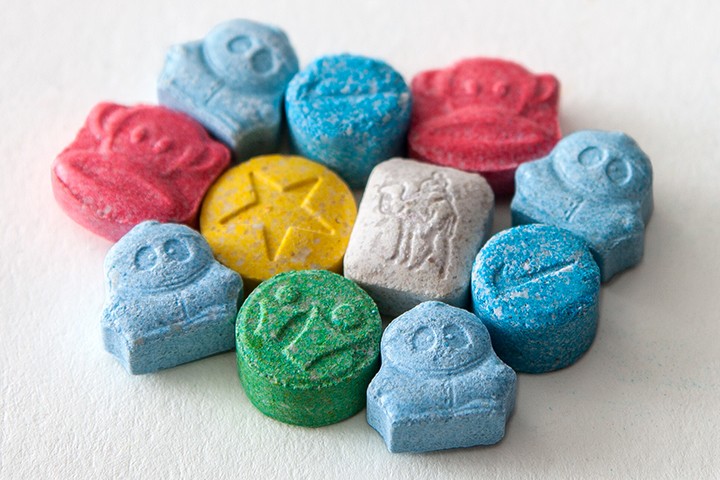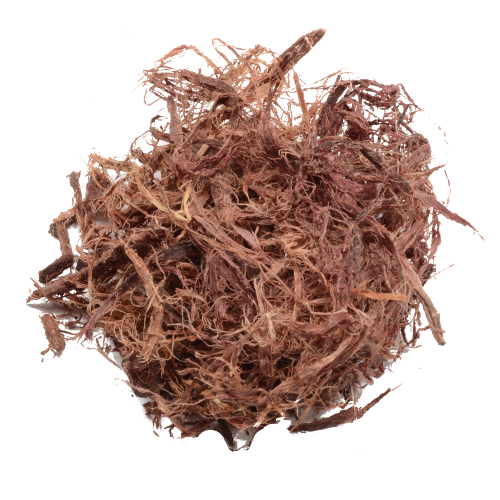Mimosa Hostilis
$220.00 – $750.00
Description
Mimosa Hostilis For Sales Online / 30% off BTC
What Is Mimosa Hostilis?
Mimosa hostilis is the former scientific name for Mimosa tenuiflora, and the two names are synonymous. The older name is still widely know due to its presence in the literature and as distributers of botanical products still use the older term. M. tenuiflora is an entheogen known as Jurema, Jurema Preta, Black Jurema, and Vinho de Jurema.
To date no β-carbolines such as harmala alkaloids have been detected in Mimosa tenuiflora decoctions, however the isolation of a new compound called “Yuremamine” from Mimosa tenuiflora as reported in 2005 represents a new class of phyto-indoles.
This product is not sold or intended for the purpose of human consumption. This is a botanical specimen of ethnographic value and interest, and is delivered with no expressed or implied application or purpose. This is also why the tax on this product is the 21% non-food tax as opposed to the 9% tax on herbs meant for consumption
How To Identify Mimosa Hostilis
There are many different Mimosa trees if you’re speaking broadly. So how do you know which ones are Mimosa hostilis and which ones aren’t? Or even what Mimosa hostilis trees look like at all? It seems like a simple search would sort you out, but you’ll get many wrong answers before you get to the right one. Which is what I dealt with many years ago. So Since this has yet to be addressed on the internet, I might as well sort everyone out. Here I am writing an easy How to Identify Mimosa Hostilis guide. I will give a couple of examples that people mistake for Mimosa hostilis tree and at the bottom I will include Mimosa Hostilis Tree pictures. So you can skip right down there if you’re in a rush.
The miracle drink
But while mimosa hostilis has been used often for its healing abilities, the biggest interest in the product lies in the fact that it is one of the main ingredients to prepare a mixture that is similar to ayahuasca, but it’s also used as a stand-alone psychedelic product.
The first chemical studies pointed to a psychoactive substance that they called callednigerina, but it was later shown to be DMT. It was recognized that the Mimosa tenuiflora mexicana described botanically in 1810 was the same species as the Brazilian Mimosa hostilis. Although it thrives best in tropical or subtropical lowlands it can grow to more than a thousand meters above sea level. In pre-Columbian times, the Aztecs already knew this shrub and hence its common name in Mexico is: tepus-cuahuitl or metallic tree, in reference to the hardness of its wood.
The Indians drank jurema wine by placing 25 to 35 grams of root bark in hot water. After two hours of maceration in about 125 ml water, they filtered and treated the filtered residue again in the same way with another 125 ml of fresh water, they collected the two liquids and drank them without any addition. Jonathan Ott proved in 1998 that twenty minutes after drinking the jurema wine, DMT-like visionary effects were noticable. However it is known that Dimetil Triptamina (DMT) is inactive orally and only produces effects injected, smoked or snorted. Five phytochemical analyzes of bark from Brazil root of black jurema showed that it lacks substances inhibiting the human enzyme Mono Amino Oxidase (MAOIs), which are the drugs that orally activate orally Amazonian potions such as yajé or ayahuasca (Banisteriopsis caapi). It is assumed that the jurema must have some type of orally active tryptamine, which is yet to be discovered.
The effects of mimosa hostili
The effects of mimosa are absolutely strong, giving the consumer a completely different view of reality. It is known for revealing visions of the ‘light and dark side’. Although many consumers won’t be able to have visions. However, they will experience extrasensory emotions and sensations in other organs. Some may experience diarrhea and vomiting. If the extract of the bark of Mimosa is used as incense it could induce a 15 minute experience of psychedelic moments and a transport of the senses to other dimensions of reality.
The intensity of this trip depends on many factors; most users must first gain some experience and that is why the effects are not that strong at the beginning. Most users will have an experience comparable to a low dose of psilocybin mushrooms or LSD. Stomach cramps can also occur during the first two hours. When the effects are strong, most people will notice a drastic change in their interpretation of reality.
How to make Anahuasca with Mimosa Hostili or Jurema?
To make a strong anahuasca, which is a mixture with similar effects to ayahuasca, with lasting and intense effects, combine 5 to 12 grams of bark root of jurema (Mimosa hostilis) with 3 grams of harmala seeds, both pulverized. In most anahuasca recipes, 5 grams is a low dose, 10 a normal dose, and 15 a high dose. Do not underestimate how overwhelming the experience can be and always start with a low dose if you are not yet familiar with anahuasca.
Make an infusion with two shots of water and one shot of lemon juice (in total about 50 ml of liquid). Bring it to a boil and keep stirring. Extinguish the fire, filter and pour the liquid into a glass. With the rest of the vegetable strainer, the process is repeated twice and at the end the three filtered liquids (150 ml.) Are combined and drunk. To improve the taste the mixture can be mixed with apple juice. It is advisable to use as little water as possible with lemon (only to cover the powdered vegetables), so that at the end there is a glass that can be drunk in one gulp.
When making anahuasca, be aware of the fact that you use jurema in combination with an MAO inhibitor, such as P. harmala or B. caapi. MAO inhibitors can be very dangerous if you combine them with certain foods or other psychoactive substances or medicines that are not harmful in themselves. It is advised not to use jurema when you are alone.
Additional information
| Mimosa Hostilis | 3 grams, 6 grams, 12 grams |
|---|
Related products
-
- Sale!
- Hallucinogens
CREAM DELUXE CREAM CHARGER 615G – 12 PIECES
-
$350.00Original price was: $350.00.$300.00Current price is: $300.00. - Add to cart
-
- Hallucinogens
MDMA
- $100.00 – $2,200.00
- Select options This product has multiple variants. The options may be chosen on the product page








